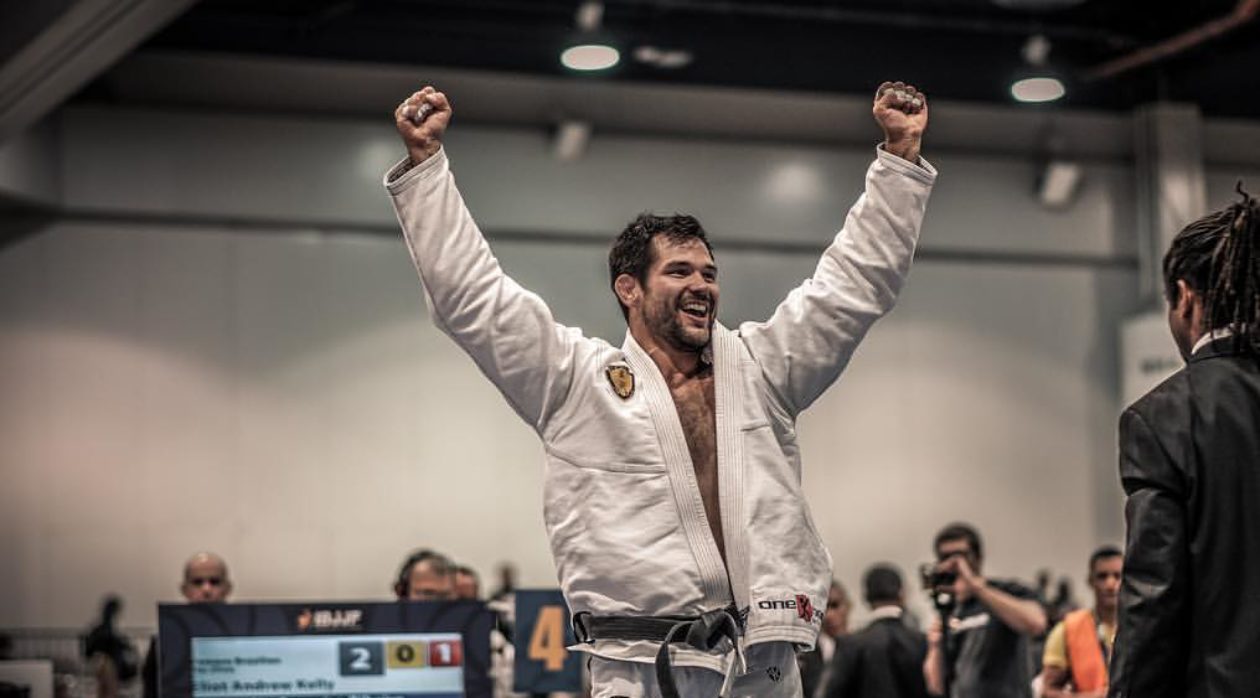The new year is full of excitement and enthusiasm. We tend to be super excited to welcome the new year because it is a symbolic representation of a phase or moment in time ending and a new beginning. These transitions mark an opportunity for us to set goals and challenge ourselves and those around us. Resolutions and goal setting are a great thing to do with the new year, but can be done at any point in life.
In taking on goals and challenges, there are some helpful ideas to consider. First, where do you “exist” on the outline of your goal. We can think of this as a map, that helps us see where we have been, where we are and where we would like to go. Often, we only think of our destination but when you go on a journey it’s important to consider all three points of perspective. Where did you start, where are you now, and where are you going. The map is a good reminder that there are many towns and cities to experience along the way. The map also shows us that there are usually more than one road to take to get to the final destination.
Second, you need to know what direction you are traveling in to get to your destination. A compass is like a coach, mentor, a good friend, a family member, and even yourself that helps you move in the correct direction. You could have a great detailed map, but without a compass… You could be heading north when you need to be going south.
While the map and compass are the essential tools needed to move in the direction of your goals, it’s nice to have a dependable and appropriate mode of transportation. The vehicle in martial arts is your body. You need to maintain the body with good fuel, periodic oil changes, maintenance, and new tires. These changes represent not just the body but the mind as well.
The ability to maintain your vehicle is related to the ability to adjust with the different terrain. You will face different adversities, get stuck in mud if you are going on a dirt road and address the hazards of the path. The more accurate your map and compass are, the better you will manage through these difficult situations. Notice, while much of this is a quest of self awareness and reflection, having trustworthy tools to help you navigate and make adjustments are very important.
Goal setting is a helpful component of martial arts practice because it allows us to better understand ourselves, our motivations, and our why. Knowing the answer to why we are doing certain tasks allows us to better follow through on tasks with meaningful intentions. A map and a compass allow us to better enjoy the journey and appreciate the scenery along the way. While there are going to be unanticipated surprises, a concrete goal gives us the ability to reset and get back on the road whenever possible. Our personal success is a result of our hard work and determination, but it’s also a reflection of teamwork, collaboration, and people who have your best interest in mind.
Tasks to consider:
- MAPPING: Reflect on where you were, consider where you are, and project where you want to go.
- COMPASS: What guidance or system do you follow. Do you listen to advice? Who do you have that will give you helpful advice.
- TERRAIN: How do you adjust with the adversities that you face. Do you seek help from your map and compass? Can you make adjustments.
- VEHICLE: Do you maintain and tune up your transportation? What type of fuel do you provide? Do you ignore signs of wear and tear?
Make it great!
Eliot


